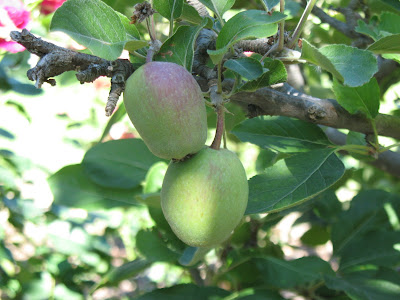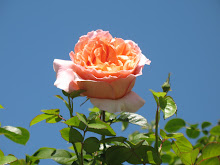
....and David Austin "Mary Rose"

Notes from a 13,200 square foot parcel in Sunset Magazine climate zone # 23.






 ....while Andean Sage, s. discolor, continues to please with easily the best looking foliage of any salvia in my garden. I have this positioned in nearly full shade under a large juniper tree, and it thrives. In spring, Andean Sage produces multiple bracts of deep indigo, nearly black flowers that are very unusual. Highly recommended!!
....while Andean Sage, s. discolor, continues to please with easily the best looking foliage of any salvia in my garden. I have this positioned in nearly full shade under a large juniper tree, and it thrives. In spring, Andean Sage produces multiple bracts of deep indigo, nearly black flowers that are very unusual. Highly recommended!!






 June Gloom as its called in coastal Southern California is in full effect, with daytime temps below 70 and persistent marine-influenced cloud cover. The garden has slowed down a bit because of the weather, but there's a few things of note. The first tomatoes are ripening, including Sungold, a prolific cherry-sized that is perfect for salads. The popular new Australian native ptilotus, or "Wallaby Tail" sure looks nice intermingling with the yellow blooms of Santolina. The "formal" rose garden is in between major bloom cycles, but still looks pretty nice. My "tomato and basil"garden is just behind the rose garden, enclosed by a boxwood hedge. Finally, the Rose "Guy De Maupassant" is in great form right now.
June Gloom as its called in coastal Southern California is in full effect, with daytime temps below 70 and persistent marine-influenced cloud cover. The garden has slowed down a bit because of the weather, but there's a few things of note. The first tomatoes are ripening, including Sungold, a prolific cherry-sized that is perfect for salads. The popular new Australian native ptilotus, or "Wallaby Tail" sure looks nice intermingling with the yellow blooms of Santolina. The "formal" rose garden is in between major bloom cycles, but still looks pretty nice. My "tomato and basil"garden is just behind the rose garden, enclosed by a boxwood hedge. Finally, the Rose "Guy De Maupassant" is in great form right now.

























